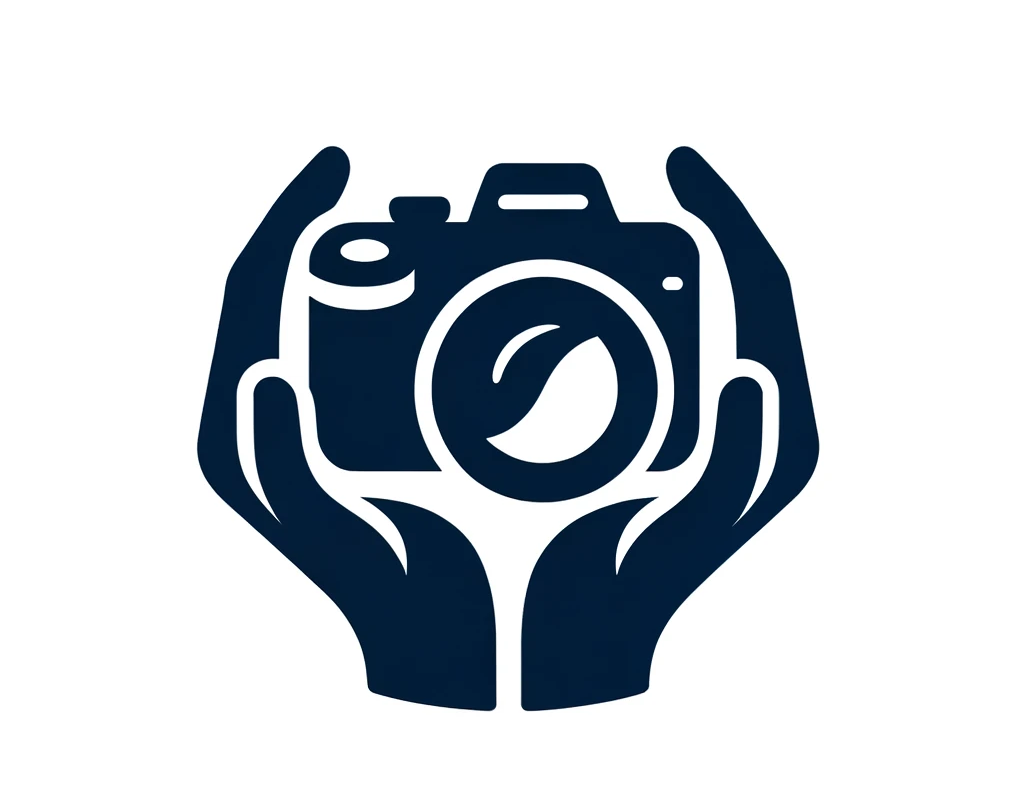"The Eye vs. The Camera" is a fascinating topic that delves into the intricate differences between human visual perception and the way a camera captures images. This exploration offers a unique insight into the mechanisms of sight and photography, highlighting how each processes light and scenes differently.
Human Eye: A Biological Marvel
The human eye is a complex organ, adept at adapting to varying light conditions and providing a continuous stream of information. Here's how it stands out:
-Dynamic Range: The eye has an exceptional dynamic range, allowing us to see in various light conditions from dim moonlight to bright sunlight.
-Depth Perception: Our binocular vision (using two eyes) gives us the ability to perceive depth and distance.
-Color Processing: We perceive a wide spectrum of colors, thanks to the different types of cone cells in our retinas.
Camera: The Technological Counterpart
A camera, on the other hand, is a technological creation designed to capture images. Its features include:
-Fixed Parameters: Unlike the eye, a camera has fixed settings for exposure, focus, and depth of field.
-Sensor Limitations: The camera's sensor might not match the dynamic range and color depth the eye can perceive.
-Post-Processing: Images often require post-processing to enhance colors and details, a step not needed for our instant perception.
Perception Differences
The key differences in perception include:
-Field of View: The human eye has a wider field of view compared to standard camera lenses.
-Motion and Time: We perceive motion smoothly, while cameras capture discrete moments in time.
-Detail and Focus: Our eyes focus on specific details, whereas a camera captures everything in its field of view with equal clarity, depending on the depth of field.
Artistic Implications
In photography and art, understanding these differences is crucial:
-Real vs. Captured Images: Artists and photographers strive to bridge the gap between what we see and what the camera captures.
-Emulating the Human Eye: Some photographic techniques aim to mimic the eye's perception, like using a shallow depth of field to focus on a subject.
Conclusion
The comparison between the eye and the camera offers deep insights into both biology and technology. While they have distinct ways of perceiving the world, each has its unique strengths, making the study of their differences not just scientifically intriguing but also artistically enriching.











